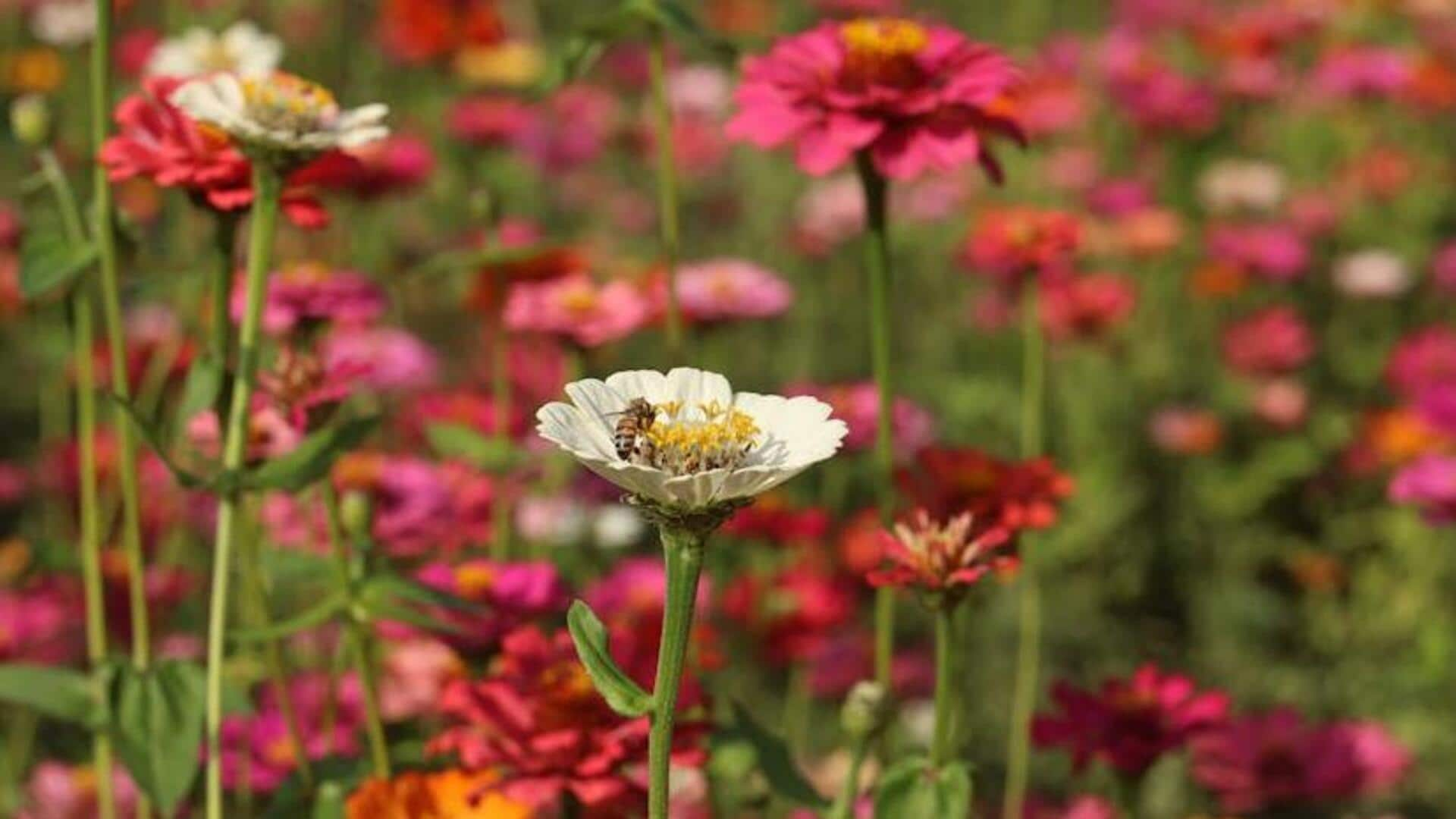
Design your dream garden: The magic of color theory
What's the story
Color theory has the power to turn your home garden into a colorful and beautiful place. By learning how colors play with each other, you can plant an attractive and lively garden. This is all about choosing plants according to their colors. They either complement or contrast with one another. Whether you want a soothing vibe or a cheerful one, color theory can get you there. You get your garden the look you want.
Color wheel
Understanding the color wheel
The color wheel is an important tool for gardeners wanting to use color theory. It includes primary, secondary, and tertiary colors in a circle. Primary colors include red, blue, and yellow, secondary colors green, orange, and purple, and tertiary colors are combinations such as red-orange or blue-green. Using the color wheel as a guide, gardeners can choose plant combinations that harmonize or contrast well to add visual interest.
Analogous colors
Creating harmony with analogous colors
Analogous colors are those that sit next to each other on the color wheel and share similar hues. In gardening, using analogous colors creates harmony and unity across the space. For instance, planting flowers in shades of yellow, yellow-green and green can create a soothing effect that feels natural and cohesive. This one is ideal for those who prefer subtle transitions between different areas of their garden.
Complementary colors
Adding contrast with complementary colors
Complementary colors, which are opposite each other on the color wheel, offer high contrast when put together. In home gardening, you can use complementary colors such as purple and yellow, or red and green, to make certain plants stand out more vividly against the surroundings. This trick can be used to highlight specific areas of your garden, or draw attention toward particular plants.
Warm vs cool colors
Using warm v/s cool colors for mood setting
Warm colors like reds, oranges, and yellows are more likely to evoke feelings of warmth and energy. Cool colors such as blues, greens, and purples provide calmness and relaxation. When planning your garden layout, think of what mood would you want each section to give off. Select suitable warm or cool tones accordingly. Maybe create an energetic entrance with warm hues. Save cooler shades for tranquil seating areas within your yard.